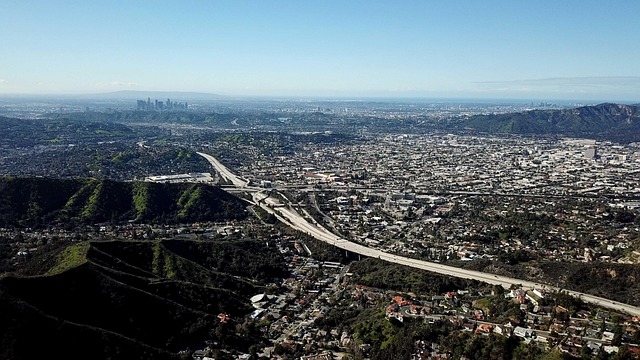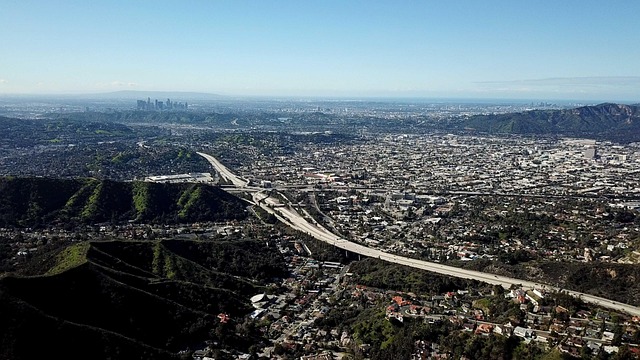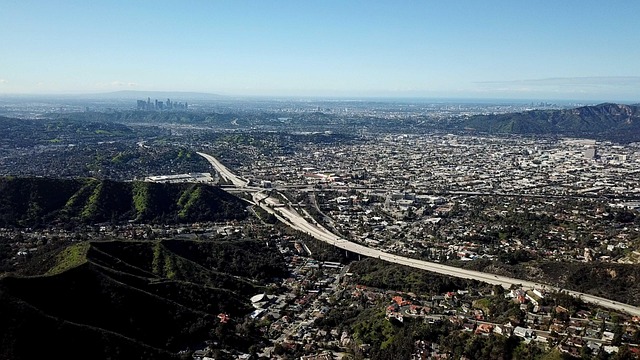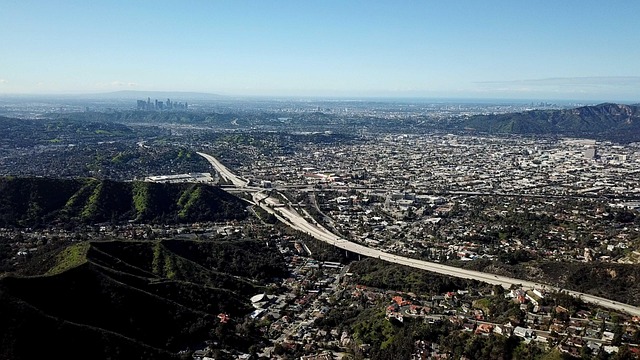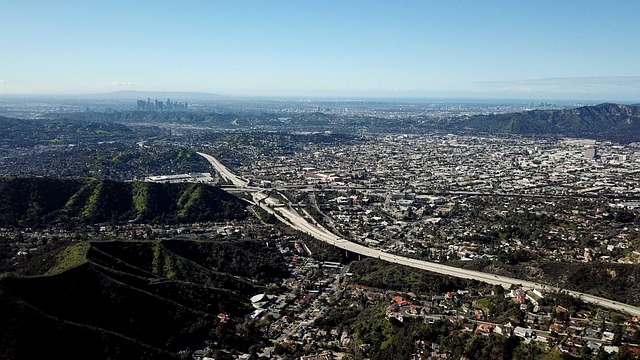The Arizona Cardinals' stadium, strategically located in Phoenix's vibrant sports community, benefits from major real estate developments nearby. Its prime position enhances accessibility, fostering an electric atmosphere with regular local attendance. The surrounding area's residential and commercial growth contributes to increased turnout, making the stadium a central hub for community events and entertainment. Effective marketing, combined with its strategic location and exceptional amenities, attracts diverse crowds—from football fans to tourists and businesses—boosting property values and investments in the region. Through strategic initiatives like developing entertainment districts, the stadium offers pre-game, post-game activities, and exclusive access areas, elevating the overall experience and fostering a strong community feel.
The Arizona Cardinals stadium has become a bustling hub, attracting large crowds and fostering a vibrant sports culture. Its strategic location plays a pivotal role in drawing fans, making it a prime real estate asset for the team. This article explores how the stadium’s impact extends beyond games, enhancing fan experiences and driving crowd engagement through innovative strategies. From accessibility to unique amenities, these efforts not only boost attendance but also solidify the Cardinals’ arena as a sought-after destination, maximizing its real estate potential.
The Impact of Stadium Location on Crowd Attendance

The location of a stadium plays a pivotal role in attracting large crowds, and this is no different for the Arizona Cardinals’ venue. Nestled in the heart of a vibrant sports enthusiast community, the stadium’s proximity to major real estate developments has significantly boosted attendance. Fans from nearby neighborhoods can easily access the stadium, making it a convenient gathering spot for games. This accessibility is a game-changer, encouraging regular attendance and fostering a lively atmosphere during matches.
The surrounding area’s growth in residential and commercial real estate has indirectly contributed to the increased turnout. With more people moving into the vicinity, the stadium becomes a central hub for community events and sports entertainment. This strategic location, combined with effective marketing strategies, ensures that the Arizona Cardinals’ home games draw enthusiastic crowds, creating an electric atmosphere that is a hallmark of professional sports.
Arizona Cardinals' Stadium: A Prime Real Estate Asset

The Arizona Cardinals’ stadium is more than just a sports venue; it’s a prime real estate asset in the heart of Phoenix. Its strategic location, top-notch amenities, and world-class design make it a hub for entertainment and community gatherings. The stadium attracts not only football enthusiasts but also tourists, locals, and businesses, driving economic growth and enhancing the surrounding area’s value.
As one of the most iconic landmarks in the region, the Cardinals’ stadium boasts state-of-the-art facilities that cater to a diverse range of events, from high-profile NFL games to concerts, college sporting events, and family-friendly shows. Its impact extends beyond sports, positioning it as a key player in the real estate market, where its presence significantly boosts property values and attracts investments.
Enhancing Fan Experience to Drive Crowd Engagement

The Arizona Cardinals’ stadium has become a hub for sports enthusiasts, attracting large crowds not just for games but also for events and concerts. To further enhance fan experience and drive engagement, the stadium’s management has implemented innovative strategies that leverage local real estate. These include developing nearby entertainment districts with restaurants, bars, and attractions, creating a vibrant pre-game atmosphere that keeps fans in the area longer. Additionally, post-game activities and exclusive access areas cater to die-hard supporters, transforming the overall experience from event to destination. Such initiatives not only boost attendance but also foster a sense of community around the stadium, making it a go-to venue for both locals and visitors alike.
